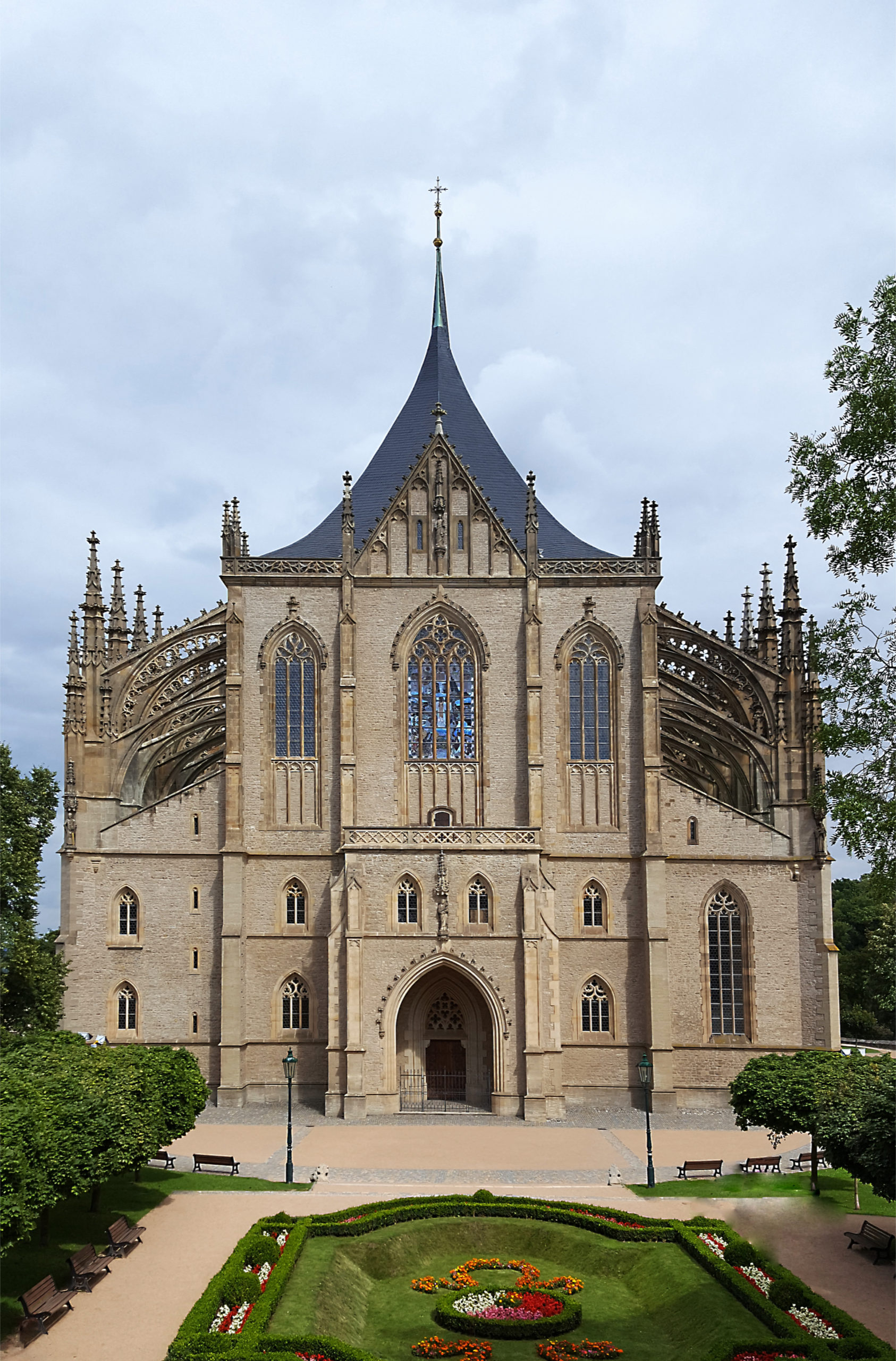Continuing on our trip, we left Prague and headed towards a site that had piqued our interest during the planning stages. A simple search online makes quite an impression, but fails to provoke the emotional response that you get when seeing these wondrous edifices in person. As you approach, you are forced to assess the magnitude and the impossibility of building such structures, and once inside you will find yourself taken by the small, intricate detail applied in every setting.
Walking among the exposed remains of those who perished hundreds of years ago gives an odd sequence of thoughts and feelings. Perhaps due to the normalities of entertainment, the first impression is not much of an impression at all, it takes a moment to understand that what you are seeing is not a prop set. Slowly the realization of what had transpired in order for this place to be as it is now creeps over you and no longer are you at a tourist attraction but lost in a daze, your mind rapidly running through both the horror and the resilience.
Sedlec Ossuary is an old chapel, fairly ordinary it may seem at first glance. However, the interior is lavishly decorated with over 40,000 human bones. The site’s history is fascinating. In the 13th century, the king of Bohemia tasked a Sedlec Monastery monk to bring back reliquaries from the Holy City of Jerusalem (note that the Crusades were happening at that time, triggering a ruthless hunt for saints’ and holy persons’ relics). The monk managed to retrieve some sand, presumably from the mound where Christ was crucified, the Golgotha.
The word spread in the adjacent Bohemian towns and the chapel became the most sought-after resting place for many years. The cemetery ran out of space to bury the new-comers, and in 1870 a local carpenter/artisan undertook the macabre assignment to create art pieces with the old human skeletons.
The artisan crafted some incredible pieces, such as the large chandelier composed of any human skeletal remains imaginable, an intricate coat of arms of a prominent family, altars, and so forth. The chapel permanently displays the work of this unusual artist.
Interestingly, written accounts dating back to the mid 1500’s bear witness that some human bones already outlined the ossuary’s vaults, arranged in ornamental motifs. It appears that in those years decommissioned graves from the adjacent cemetery caused an influx of remains to be housed in the ossuary. Being the available space limited, the monks had to find new ways to organize the bones.
Also, the city of Kutná Hora had been raided a few decades prior, meaning that not only had the invaders profaned the pre-existing graves in search of valuables, but also caused the death of an estimated 10,000 people, whose corpses had to be entombed.
Public opinion: Death Commemoration or Desecration?
Some may think it a sacrilegious act to expose human remains to thousands of tourists, while others may view this as a simple representation of the town’s history. Despite the moral dilemma, we can all agree this chapel is a blunt and powerful reminder of the inescapability of death.
We left the ossuary in the direction of St. Barbara’s Cathedral, the second stop. Although we had overstayed our allotted time at the chapel, and were aware of being on a tight schedule, we chose to take a break from the asphyxiating feeling that the crypt had instilled. Walking up the hill to the cathedral, we found repreve in the beautiful grounds and surrounding area.
Vineyards accompanied us along the way, the clouds opened up lifting our moods, and around the corner a little shop displayed a carafe of an unrecognizable liquid next to a chalkboard labeled in Czech. Too intrigued to ignore it, I asked the shop attendant what that was. “It’s lavender wine”, she answered, and so me being me, I had to have a glass, or two, despite the time of day. In my defence, we Europeans have wine with essentially every meal. The beverage was refreshing and simply heavenly. Reinvigorated, we headed toward the cathedral (for good this time), but because of my slight deviation, we unfortunately didn’t have time to visit the interior of the church. It is, however, on our list next time we are in the vicinity.
The cathedral of Saint Barbara, the patron saint of miners, is an imposing high gothic church of fierce beauty. The monument, a UNESCO World Heritage site since 1995, is a symbol of the late medieval prosperity that characterized the Bohemian town of Kutná Hora. During the middle ages, the city was a well-established religious, political, and economic center, thanks to the mining of its silver ores. Construction of the cathedral began in 1388, after the city’s patrons had accrued enough wealth to commission the build. The cathedral was completed in its entirety only in 1908!






